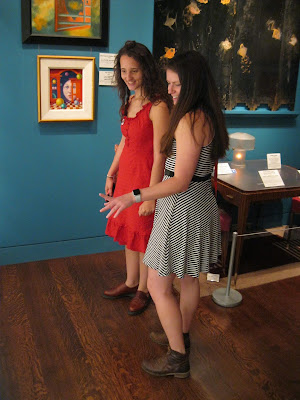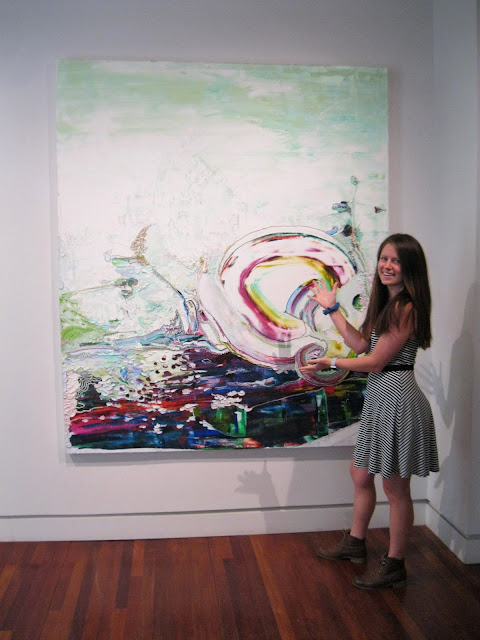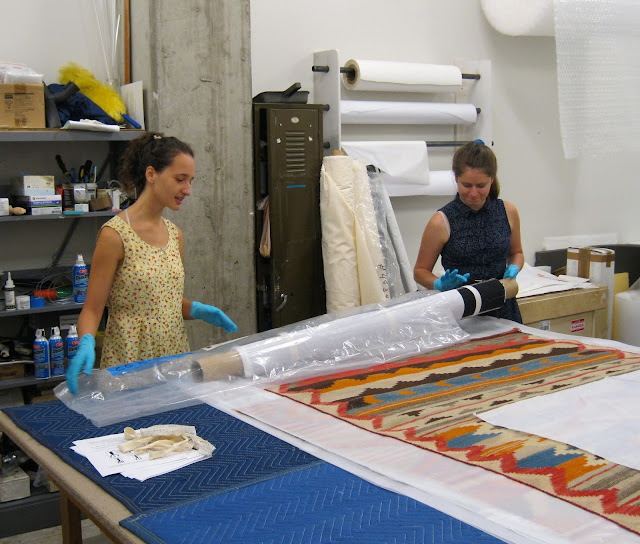End of an Era
….Hey, it’s been a while. But we are back for one, final, blog post. We graduate on Sunday, and we just wanted to share some of our favorite memories at the Fine Arts Center and reminisce before we go onto our post-Colorado College lives. We are so grateful for the time we have spent here and for all that we have learned. We hope that you have learned something too! Michael Howell, the former director of the FAC internship program with Amber Mustafic and Suzy Lewis. Internship Highlights New Mexico : We had an incredible week in New Mexico in August, staying in Albuquerque and Santa Fe. We met museum professionals from the Albuquerque Museum, Indian Pueblo Cultural Center, New Mexico History Museum, Palace of the Governors, Palace Press, Museum of Indian Arts and Culture, and Wheelwright. We stayed at a super fun and cozy bed and breakfasts, like the Downtown Historic Bed and Breakfast in Albuquerque, which is famous for being the location where the plan for the ...




